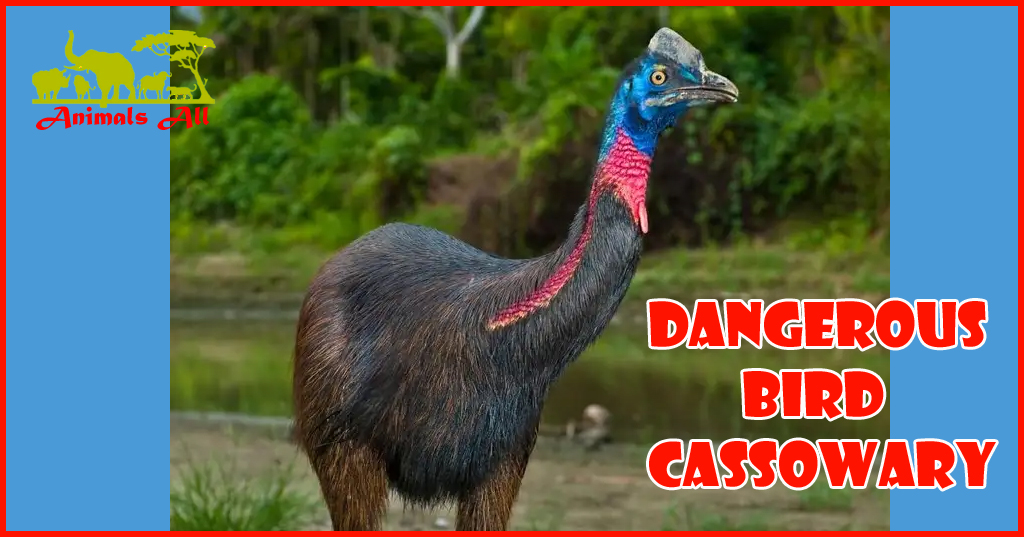
Cassowary most dangerous bird in the world.
Today we are going to talk about a bird, a beautiful but dangerous bird cassowary.
How dangerous are cassowaries ?
The double-wattled cassowary, native to the forests of New Guinea and northern Australia, is considered one of the most dangerous birds in the world.
First of all, it is tall and strong. An adult cassowary is about 1.5 meters tall and weighs up to 150 pounds, or 136 kilograms. This bird is a flightless bird closely related to the emu.

If you think all this is nothing, let’s take a look at the cassowary’s claws. Their claws can grow up to 10 centimeters long. When cassowaries feel threatened, they will rush at the target at lightning speed and attack with their sharp claws.

In Australia, cassowaries attack people every year, and humans may be stabbed, torn, fractured, or even killed. So, don’t get close to cassowaries, and don’t provoke them! !
In the past, people kept cassowaries in captivity.
When humans arrived in New Guinea 42,000 years ago, the settlers found the rainforests inhabited by the cassowary. Despite the dangers of the cassowary, a new study has found that New Guineans were keeping the cassowary in captivity as early as 18,000 years ago.
While excavating a primitive human settlement, archaeologist Susan Bulmer found many artifacts and bird remains, including more than 1,000 cassowary eggshell fragments.

Scirntist take the eggshell fragments back to the laboratory and found that each egg was in the state of being hatched, and some eggs were even about to hatch. And some eggshells had traces of burning, which indicated that people were cooking these eggs and preparing to eat them.
“It’s very likely that humans incubated the eggs and raised the cassowaries in captivity,” said Dr Kristina Douglass, an archaeologist at Pennsylvania State University.
The researchers also note that indigenous peoples of New Guinea use cassowary meat and feathers in trade and rituals, and they raise cassowary chicks from eggs of other wild birds.

But stealing cassowary eggs is not an easy task. The cassowary’s nest is hidden deep in the forest and guarded by fierce male cassowaries. Early New Guineans had to carefully study their activities and then strike at the right time. If they were discover, it would be really not fun.

